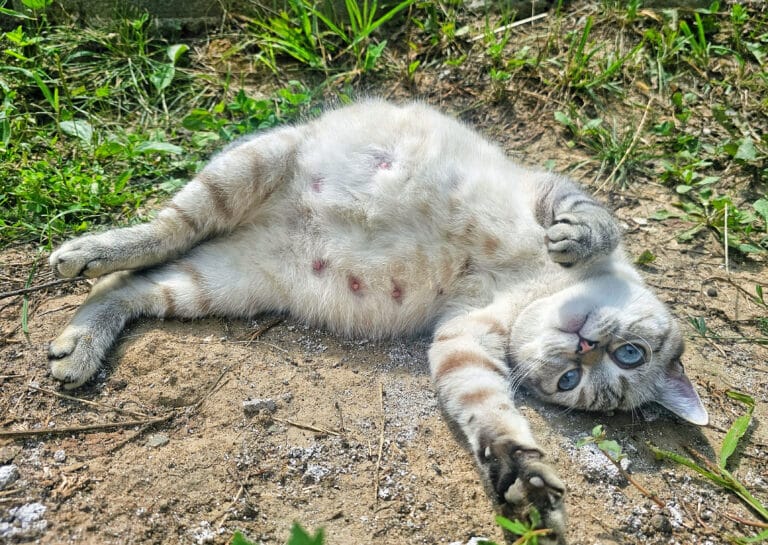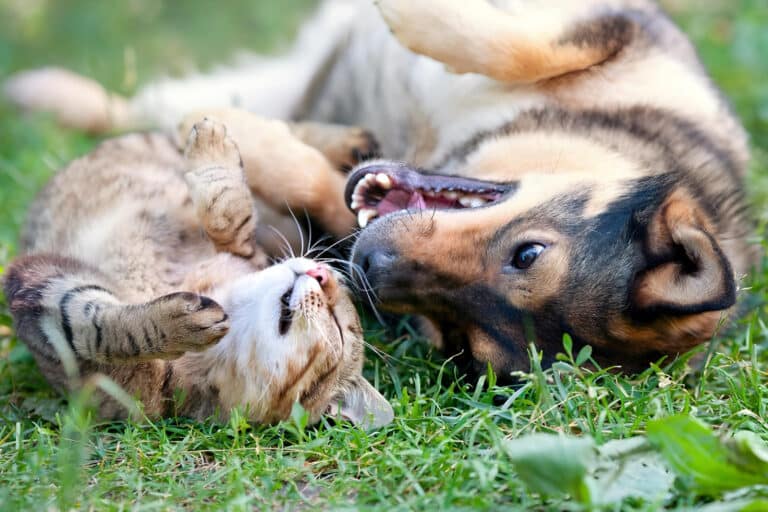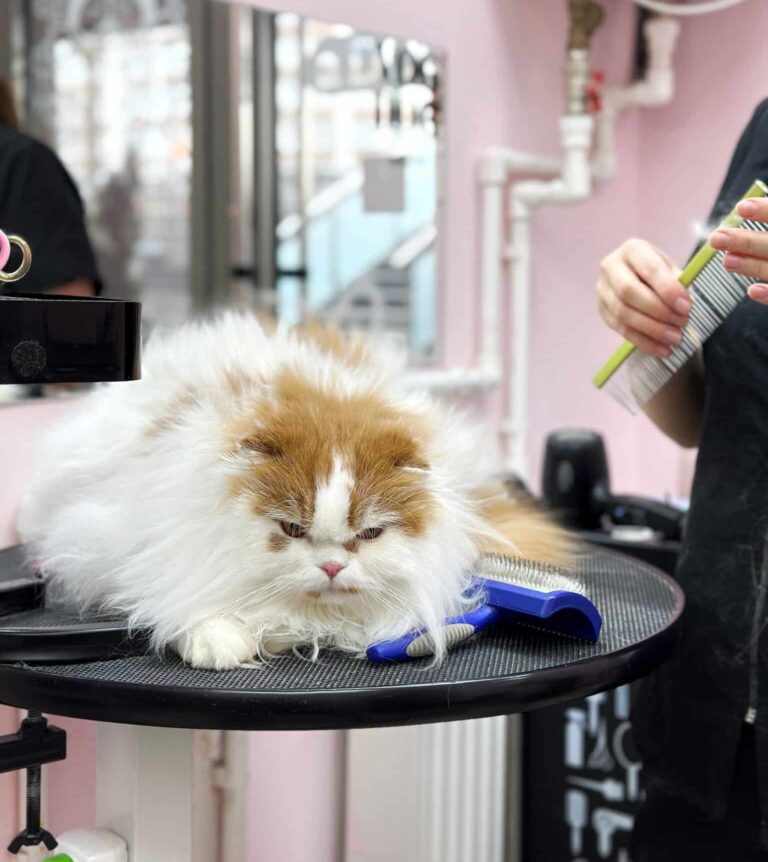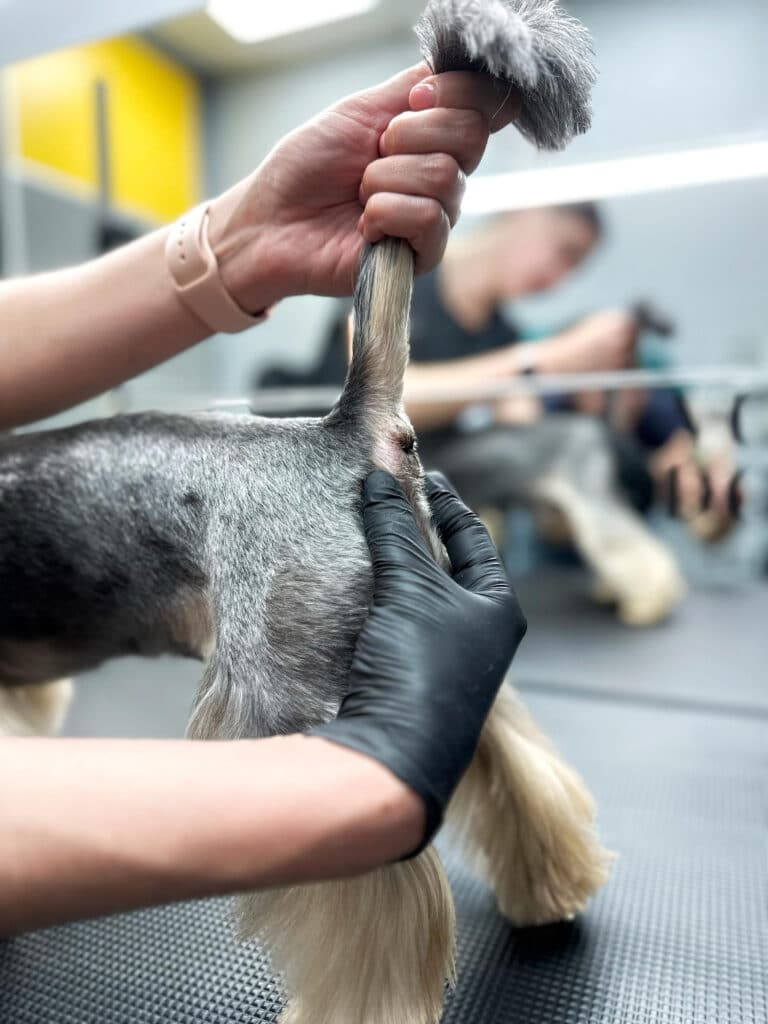Pregnancy and birth are natural and crucial phases in the life of every cat. Even if she manages this process independently, it’s essential to know how to assist her. In this article, we’ll discuss the main aspects of this process and you’ll learn how to support your cat during labor.
Preparing for Birth
Towards the end of her pregnancy, about a week before labor, your cat may start seeking a quiet and calm place where she can give birth to her kittens. Assist her by creating a cozy “nesting” box. It should be large enough for her to stretch out freely, and with low sides so she can easily exit.
The Process of Labor
Labor occurs in three phases:
1. The stage of cervical dilation. The cat may become restless, but labor has not yet started. She may refuse food and water and start breathing more deeply.
2. The stage of fetal expulsion. When true labor pains start, the cat lies on her side, and you may notice her abdomen periodically tensing. The first kitten usually appears within an hour.
3. The stage of afterbirth expulsion. After the birth of each kitten, the cat expels the placenta. In most cases, she will eat it. This is normal and helps to stimulate motherhood.
Providing Assistance
Your role at this moment is to observe and be ready to intervene if necessary. Here are a few points to keep in mind:
1. Ensure tranquility. Don’t overdo the attention, but make sure your cat feels comfortable and secure.
2. Don’t intervene too early. A kitten can be born within an hour after the onset of labor pains. If it takes longer, you should contact a veterinarian.
3. You might find useful having potassium permanganate for umbilical cord treatment, a heating pad to help maintain the kittens’ temperature, sterile scissors in case you need to cut the umbilical cord, and clean towels for wiping the kittens if the mother cannot do it.
If a kitten shows no signs of life after birth, you need to take immediate action. Everything must be done with caution, as newborn kittens are very vulnerable.
Here are some steps you need to take:
1. Make sure the airways are clear. Kittens are born in an amniotic sac, and the mother usually licks them to remove the sac and provide access to oxygen. If the mother doesn’t do this, you need to promptly remove the membrane from the kitten’s face to open up the airways.
2. Begin stimulating the kitten. Gently shake it, holding it head-down, and be very careful. This can help stimulate breathing and clear any remnants of amniotic fluid from the airways.
3. If the kitten is not breathing, you may need to perform CPR. You can gently blow air into the kitten’s nostrils to stimulate breathing. If necessary, you can also gently massage the kitten’s chest to stimulate the heart rhythm. However, understand that such actions must be done very carefully to avoid harm.
4. Contact a veterinarian. If you are already doing everything possible and the kitten still does not respond, immediately call a veterinarian. Try to remain calm when explaining the situation so that you can be provided with the best help.
After birth
After giving birth, your cat will be tired. Bring her plenty of food and water and don’t disturb her unnecessarily. The kittens should be warm and not stray far from their mother.
Next steps after childbirth
1. The first visit to the vet usually happens within the first week of the kittens’ lives. The doctor will check their health, development, and determine their sex.
2. Feeding the mother with high-quality food will provide her with the necessary amount of energy and balanced development of the kittens. Ensure free access to fresh water, as the cat loses a lot of fluid during lactation.
3. Taking care of the kittens. In the first few weeks of their lives, they sleep a lot and eat. Approximately 10 days later, they begin to open their eyes, and their ears become fully open around the third week. This is when the kittens begin to explore the world, so it’s important to provide a safe environment for exploration.
4. The process of socializing kittens begins around 2-7 weeks from birth. This is when they learn to interact with humans and other animals. The more positive interactions they have at this stage, the more likely they are to become friendly, social adult cats.
Your cat relies on you during pregnancy, childbirth, and afterwards. It can be a bit of a tense and unpredictable time, but with proper preparation and the help of a veterinarian, you can help your cat go through this process safely and comfortably. Enjoy the miracle of new life and the joy newborn kittens bring.




